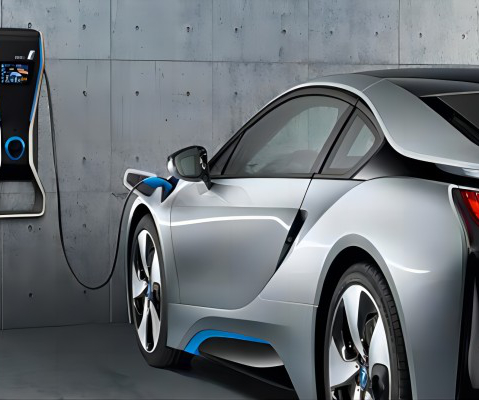IHS Markit: shippers, refiners scrambling to respond to IMO signals on low-sulfur fuel enforcement
Green Car Congress
JUNE 11, 2018
The level of compliance by shippers has been widely viewed as the one of the greatest uncertainties surrounding the implementation of the IMO’s new marine fuel regulations, and the compliance level has a significant weighting on projections for refined fuel prices, spreads and margins during the IMO 2020 disruption period,IHS Markit said.












Let's personalize your content